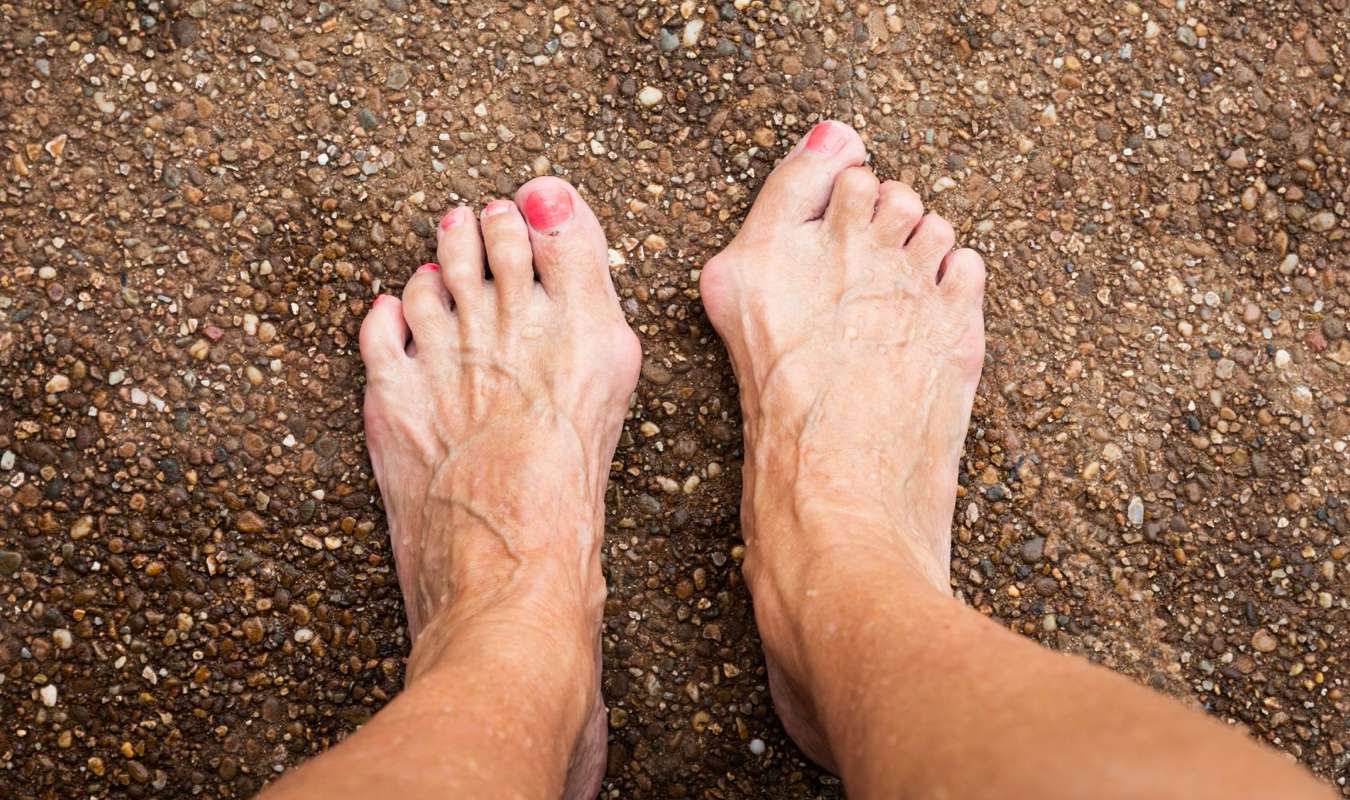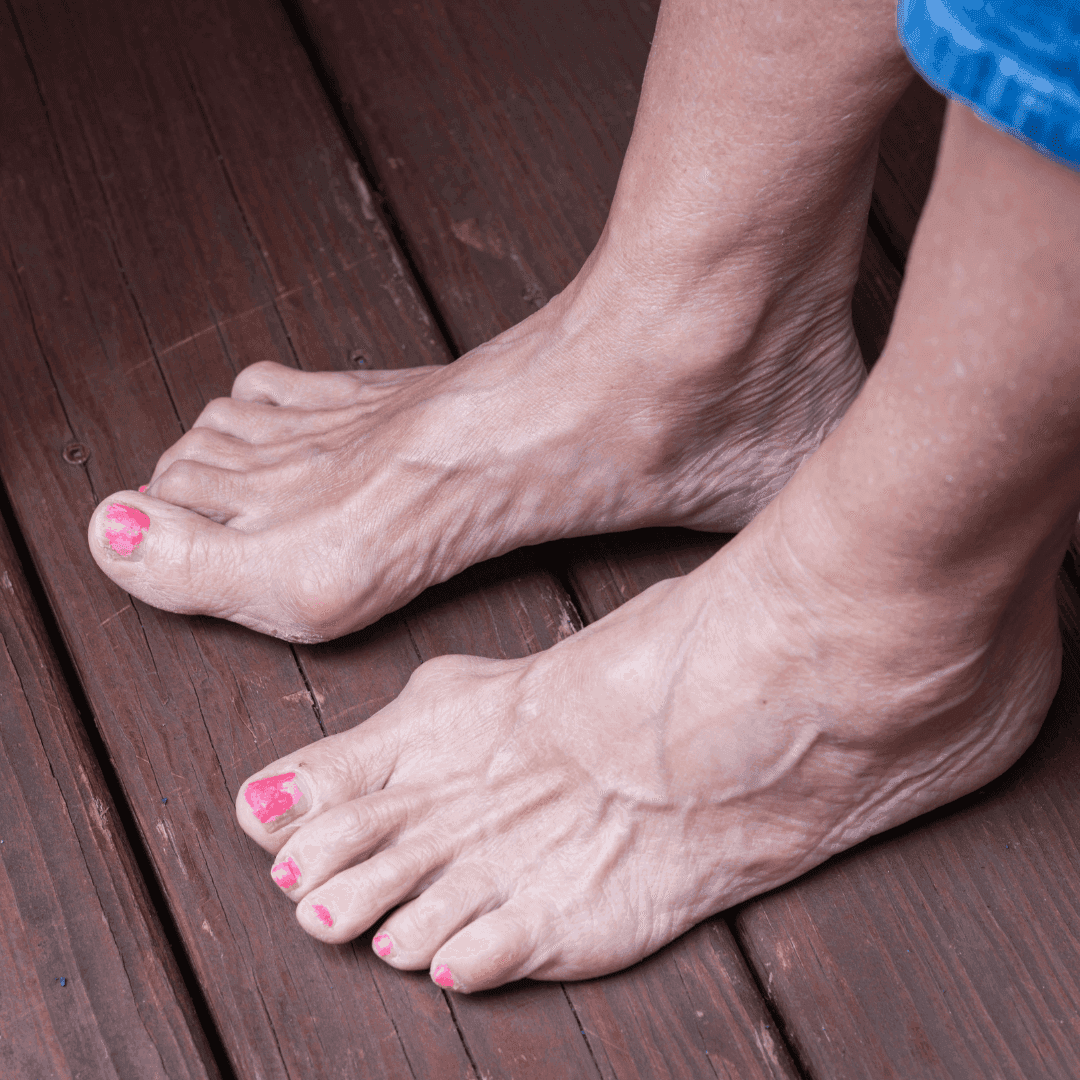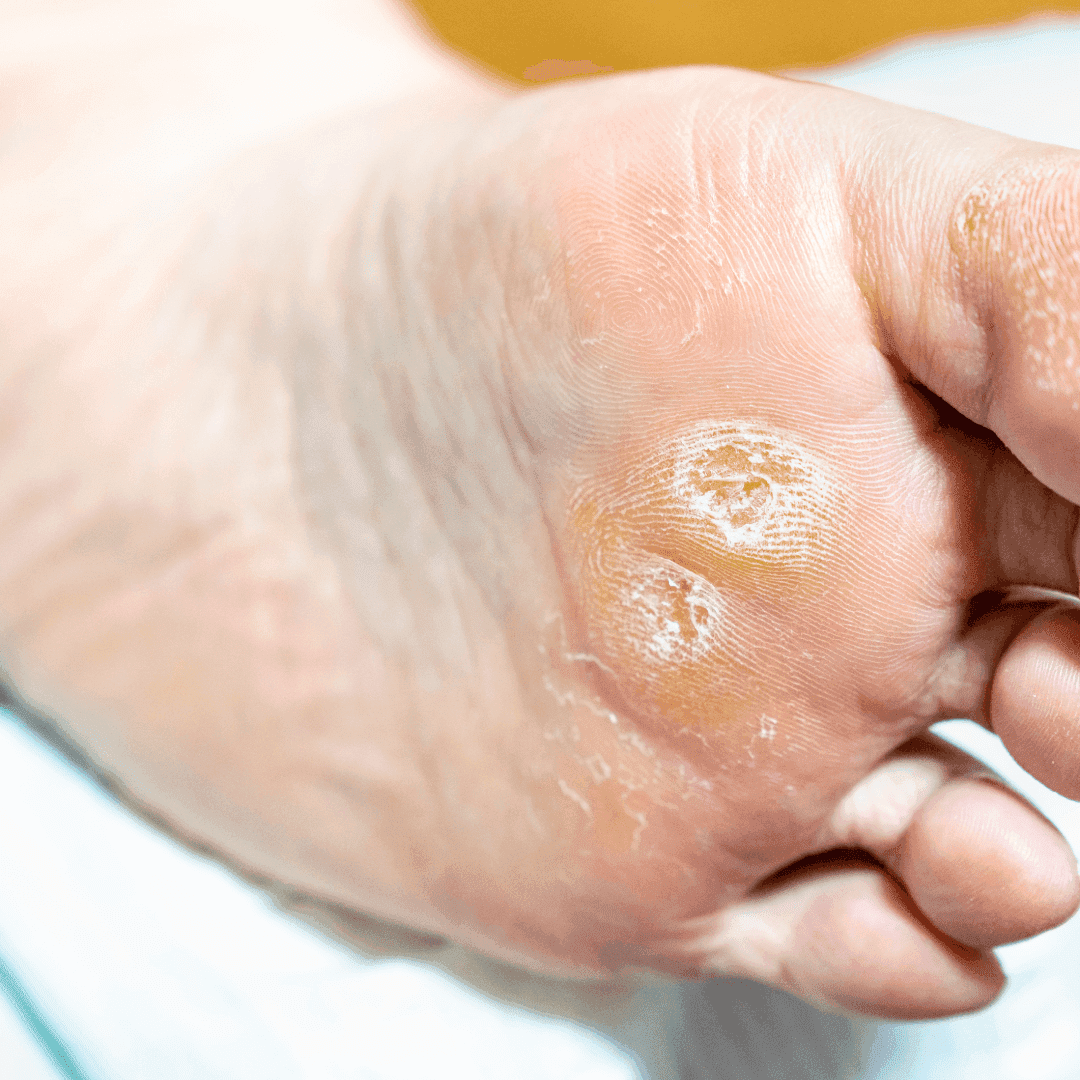Do you ever wonder what’s going on with your feet when you notice a strange bump or hard patch of skin? Many people confuse bunions and corns, and it’s easy to see why—they’re both foot issues that can cause discomfort.
But the truth is, they’re entirely different problems with different causes, symptoms, and treatments. Let’s dive in and explore what bunions and corns are, how to tell them apart, and the best ways to take care of your feet so they are more comfortable and healthy.



